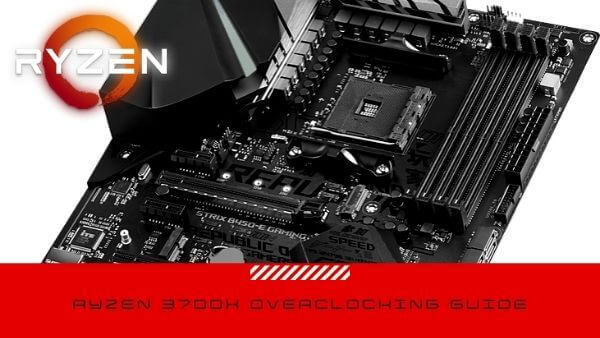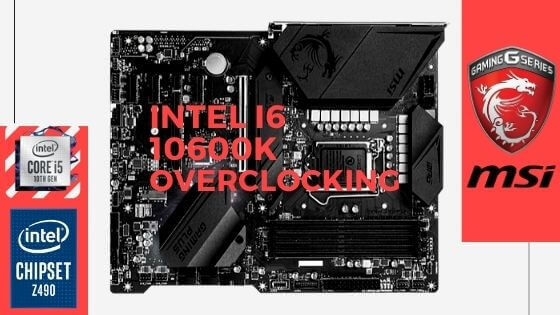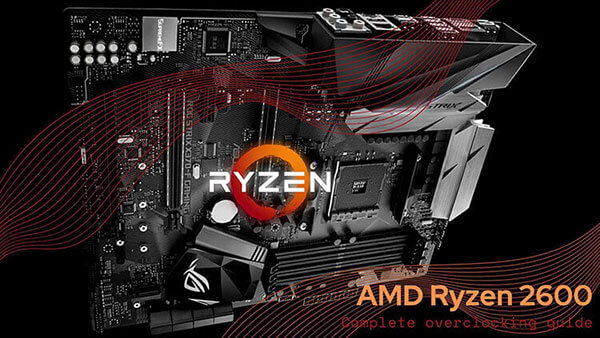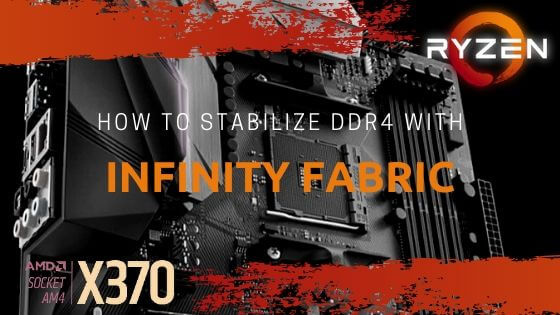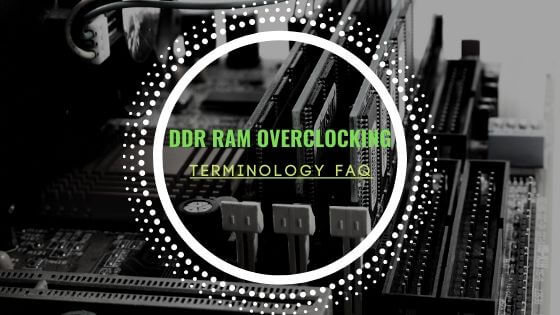
- Gaming.
- Hits: 22466
This is a detailed guide for Squad Leaders who desire correct FOB placement, many guides have been misleading and violate basic military principles. No, this guide will not be giving locations where you must build your FOB but will cover the fundamentals of placing them for various functions they might offer on the battlefield. With well over 1500 hours of experience and author of a wide range of tactics and strategy's used throughout the worlds Armed Forces so I thought I drop my 2 cents on the subject. While I cannot teach leadership by simply writing a wall of text I could offer some insights from a military mind regarding the placement of FOBs in Squad. It is all about having fun so wasting time losing rounds sounds like a bad idea, to begin with.
The basic idea of the 3 types of FOB's you normally use and see in Squad.
Defensive FOB:
Used only for the defence of a capture point, they usually consist of multiple fortifications in the forms of sandbags/HESCO Walls/Barrels and wooden walls.
Offensive FOB:
Used for a sustained assault on an enemy capture point that requires more than one squad. Usually when assaulting or expecting a fortified enemy position.
Support FOB:
These are placed away from any "known" routes the enemy might take to move about. Also commonly known as Mortar/TOW FOB's, they are an area denial tool or aid the defence or assault of capture points.
Screening:
Screening is a light infantry tactic that is performed by small teams or even single players denying the enemy an approach vector. Snipers and Riflemen with scopes are most suited for this task.
Defensive FOB's/Super FOBs
Defensive FOB's are there to hold a defensive capture point and act as a force multipliers. Usually manned and defended by a single squad or aided by a smaller squad. So the main assault can commence in full force with the most available manpower.
Both the Radio and Spawn bunker must be located near each other in a hard to reach/assault location. Putting the Radio in a building across the street and the spawn bunker on the other side is never a good idea since you will almost certainly get cut off from one or the other. Placing the radio further away is also never a good idea since you will have to commit troops to the defence of both location and the capture point itself. Always fight on 1 front even if that is a full circle over fighting 2 or 3 fronts that will most certainly end up being encircled as well. Also, defensive FOB's do not offer much of a location to hide a radio as the enemy will move about probing your defences and they will find that radio it will only be a matter of time.
You might find yourself more suited to the defence style then offence, either way, you will most certainly serve a purpose. But remember defence can be boring this might show by people wandering off or standing around. This is usually when an enemy strikes, keep your squad(s) ready and have them pay attention. Screening around a defence FOB never hurts but the FOB must be ready to withstand a sudden attack, therefore, should be manned at all times. Having your FOB on the capture point also makes it harder for your opponent to capture the point, it will take 3 players to start capturing an uncontested capture point, so if you are defending it takes X the number of squad members you have + 3 to start capturing.
Also important to consider is that not all locations are suited for a defensive FOB and are easier to attack than to defend. Some location offers such as Checkpoint that will allow for a consolidated defence so always avoid building a defensive FOB on these open locations. Multiple story buildings offer much greater defensive capabilities as you can defend in-depth and you will force the enemy to fight floor by floor.
As stated above defensive FOB's are only suited by location each location is different but a good defence is one that has depth. Multiple layers that the enemy has to go through to take out the FOB. Use HMG nests to cover streets or open fields to deny the enemy this approach and funnel them into a kill zone that offers you the defender the greatest advantage. Block of streets with defensive structures to funnel them into a narrow street etc. And remember to check your defensive structures by a squad member with a shovel so that they remain at 100% or check whether an enemy might be trying to tunnel through them.
Mortars are somewhat of a double-edged sword in this matter as they can drain your ammo quickly preventing your squad from picking up new grenades/ammo and bandages. As well as the HMG nests require ammo to operate. There are only 2 options really if you find yourself surrounded with little to no chance of getting supplies mortars are not a good option and they could damage your defensive as well if not operated properly. The other option is that you might only be attacked from a single side in this case you could risk a supply run to use mortars. In short when you can ensure a steady supply chain then yes, otherwise simply no.
The spawn bunker itself is best suited inside a building where it can not be directly engaged from the outside or mortar fire. Accurate mortar fire can destroy your FOB/spawn bunker, if you do find yourself in this situation tell people who spawn in to build with their shovels so the spawn bunker remains at full health. Place defensive structures to deny the enemy a direct/indirect fire or even direct access to shovel the spawn bunker down. But again spawn bunkers are best placed out of harm's way, or they can be turned into a kill zone by your opponent.
The squad leader rally point is a good way of warning you of encroaching opponents. Using it as a back up rarely works out since you can find yourself surrounded and they will most likely despawn the rally point. Again this is a double-edged sword, if the FOB is overrun you might have an option to regain control but it could be lost during the encirclement. Using it as an early warning system means you have to buckle up as you could be losing both options to spawn in and might be in for a long walk.
Assault FOB.
For sustained assaults on a known fortified or expected fortified position. You can place more than one to rapidly capture points and/or to engage an opponent position from multiple directions. They also offer a reduced spawn timer over the rally point making it better suited for prolonged sustained assaults. An assault FOB has in its basic form 3 components, Radio, Spawn bunker and ammo crate.
Assault FOB are best placed away from the capture point you intend to assault. You want it to be hidden away from sight to prevent the enemy mounting an assault on your FOB tieing down friendly troops that could be used elsewhere. A nice deep ditch, thick woodland or some buildings to hide it, try not to place any defence as they might be noticed giving away your FOB location. In this case, you can attempt to hide the radio and build the spawn bunker on the edge of the deploy zone.
This would require your opponent to dig down the spawn bunker and then spend valuable time finding the radio. And if you do find yourself in the position of the spawn bunker being taken down you can rebuild is elsewhere in the deploy zone if you have the build points to do so.
Another tactic is to spawn in on the bunker move in a direction and deploy the squad rally point if multiple squads do this from multiple directions it will be much harder to find the assault FOB. Take in mind the added seconds of spawn time there for you will need to learn more on your medics to keep squad members in the fight. But it will prevent giving away the direction of your assault FOB since you will not move directly from the spawn bunker to the capture point. Also, take in consideration here that the enemy might funnel you into a kill zone from that direction then as well. Multiple squads should ALWAYS attack from multiple directions whether you have a FOB or not so your opponent needs to defend in multiple directions splitting up firepower as well. Clusters of players also tend to make a nice mortar target even more so when they know you are constantly pushing from the same direction.
When you do find yourself in the position where your opponent might have spotted your FOB you could opt to put in some defences or even HMG nests to cover the assault. Or in even more dire situation dig it down and use a new location or build FOB. Never build mortars on your FOB because they will give away the general direction of your FOB. The same goes for TOWS, 500 ammo per shot and a nice long wire that will give away the general direction of your FOB. And assault FOB's tend to have long supply chains as well that results in 1 team member running dedicated supplies for longer travel times. Leave mortar support to a defensive FOB if they can spare the ammo or a Support FOB.
Support FOB's
Support FOB's are there for the sole purpose of raining down an ungodly firestorm upon your opponents. They aid in the defence or assault of friendly squads and also make a great area denial tool. Also, a repair station for friendly vehicles could shorten the reloading and repair time. They are placed away from defensive or offensive capture points using long-range fire. Usually on high ground with a clear sight of the surrounding area. A typical support FOB will have a TOW launcher, HMG nests, spawn bunker, mortars and a repair station.
They are manned by smaller squads, with at least 4 people to a full squad if needed. Remember not to hog to much manpower away from any assault of defensive squads though. And you will need a dedicated supply truck and driver to keep feeding the FOB with ammo and build supplies. Best to have them easily accessible by road for the supply truck with easy to navigate roads. The shorter your supply chain, thus the travel time of the supply truck the better.
A well placed Support FOB will make it almost impossible if not impossible for your opponent to bring up vehicles. Mortars and HMG fire can aid in the assault and defence of capture point acting as a force multiplier. Breaking down any defensive barriers for a friendly assault squad, prevent supplies from reaching to front etc. If done correctly your opponent will have no other option then to mount an assault on your far away Support FOB this will take time, costs manpower that could be used for the defence or assault making it easier for friendly forces to hold an assault capture point. Defending a Support FOB is possible but can be difficult since you tend to operate with a skeleton crew in most situations. And most likely by then, your opponent will have figured out where you are and the best way to approach your location.
Important to note here is to coordinate mortar fire with friendly squads to prevent friendly fire. Call out for marks and have other squad leaders avoid those marks, with the addition of smoke rounds you can also obscure view making it easier for friendly forces to approach a position and capture it. So call out HE or Smoke, and make sure to call out "Rounds complete, 20 seconds". 20 seconds is the travel time of a mortar round, smoke, however, does no damage but make sure that everyone knows what rounds you are firing to prevent friendly casualties.
"What is the difference? - 7.62, NATO 7.62" -666- HisEvilness


